Archive
2020
KubaParis
TRICKSTER
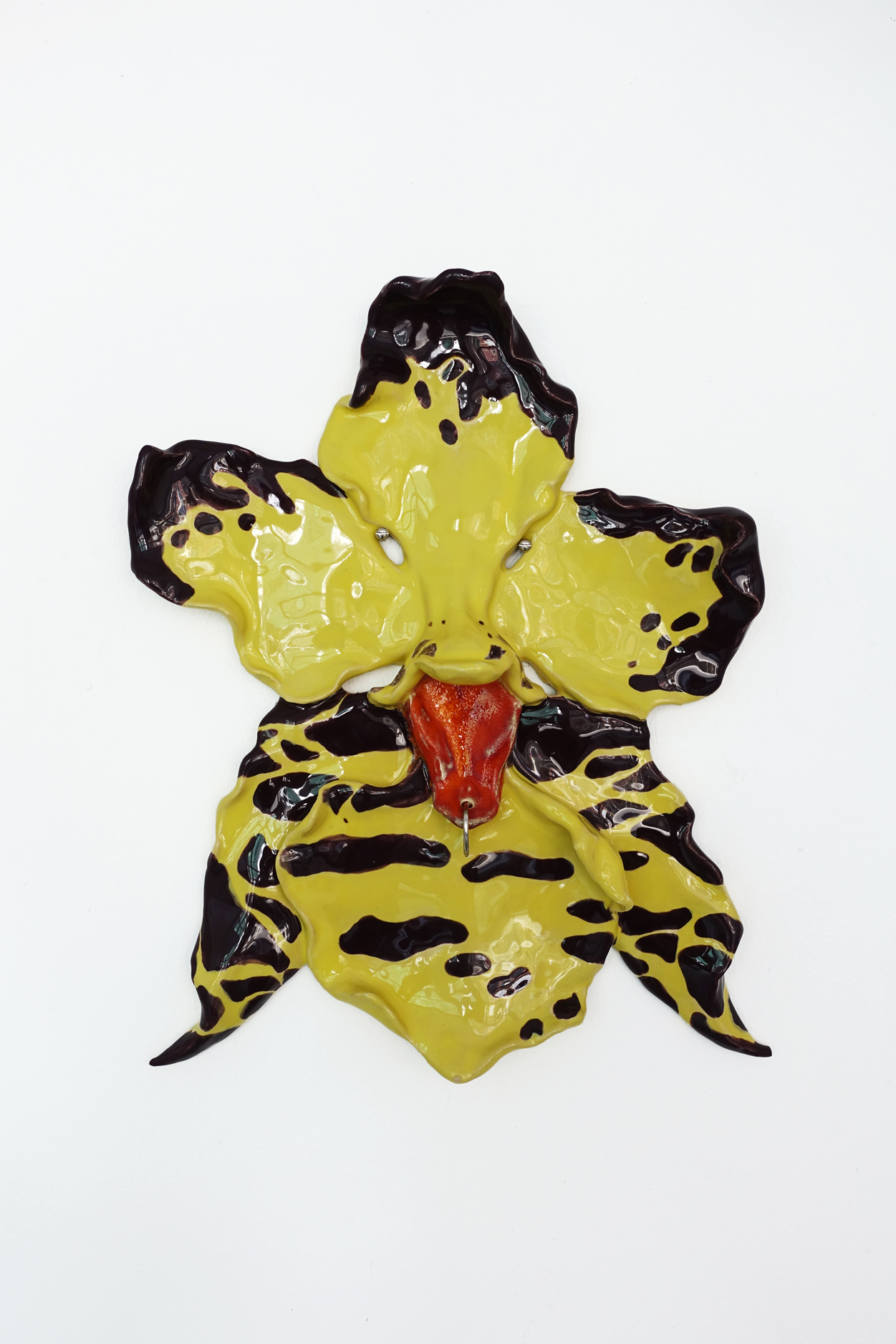
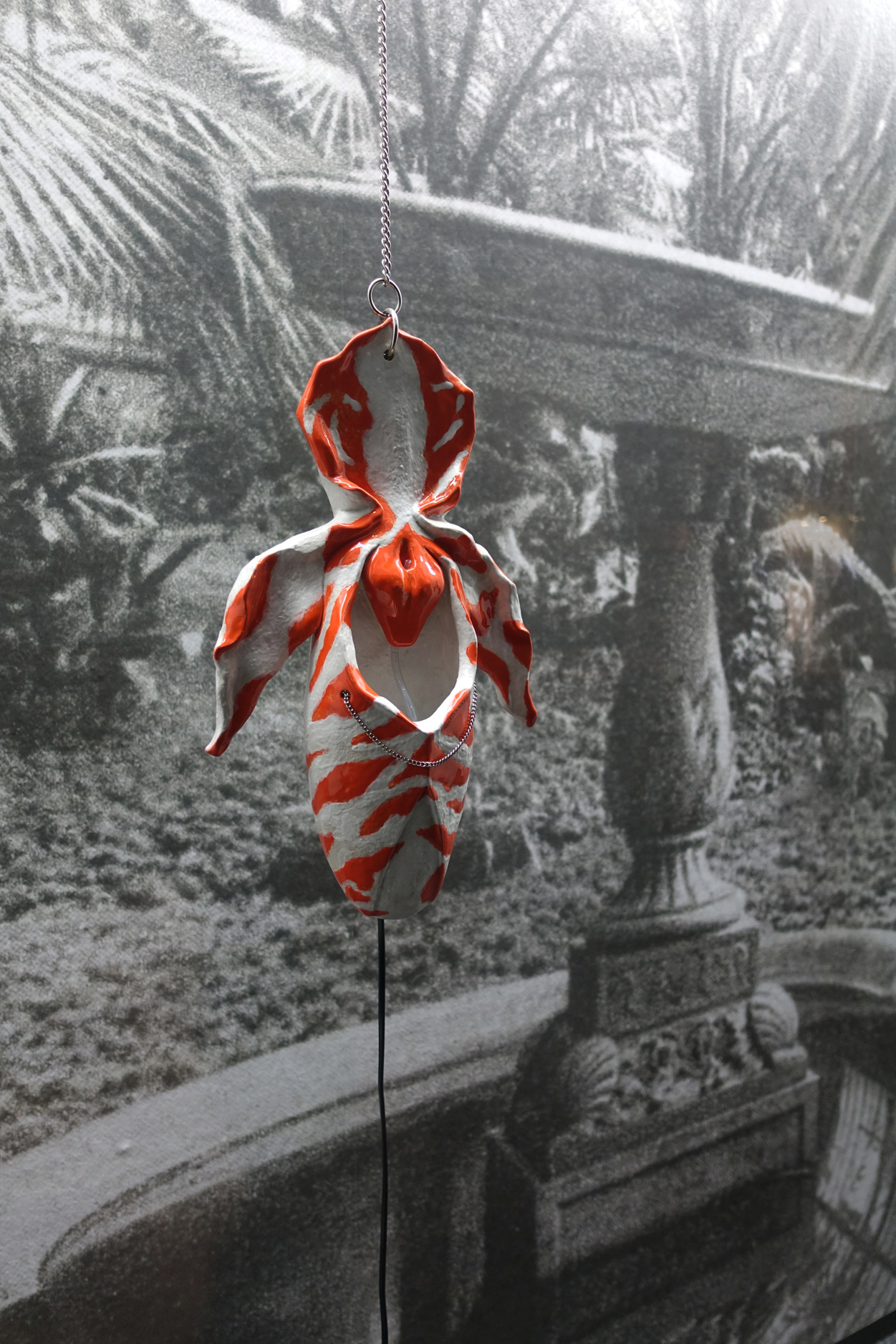
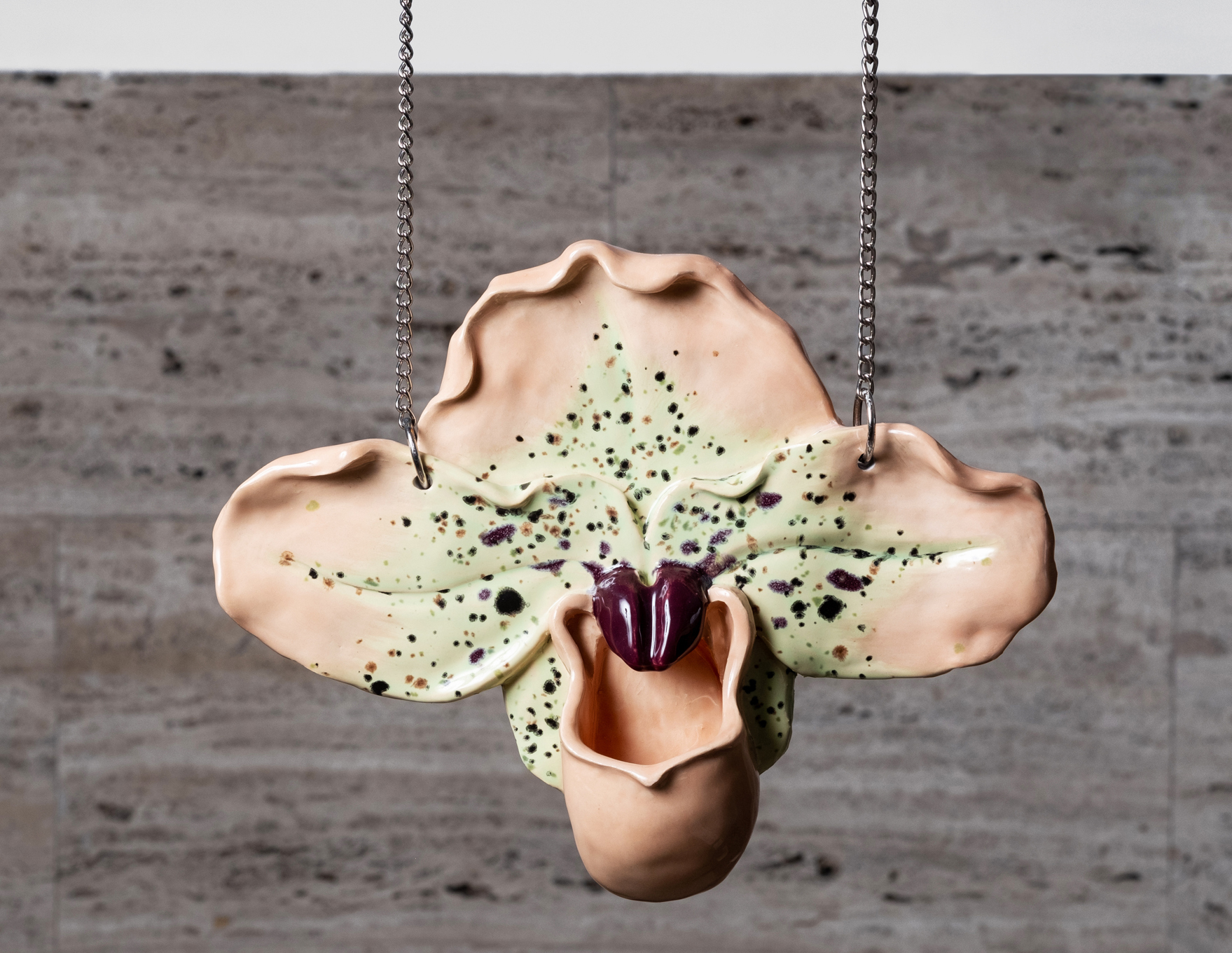
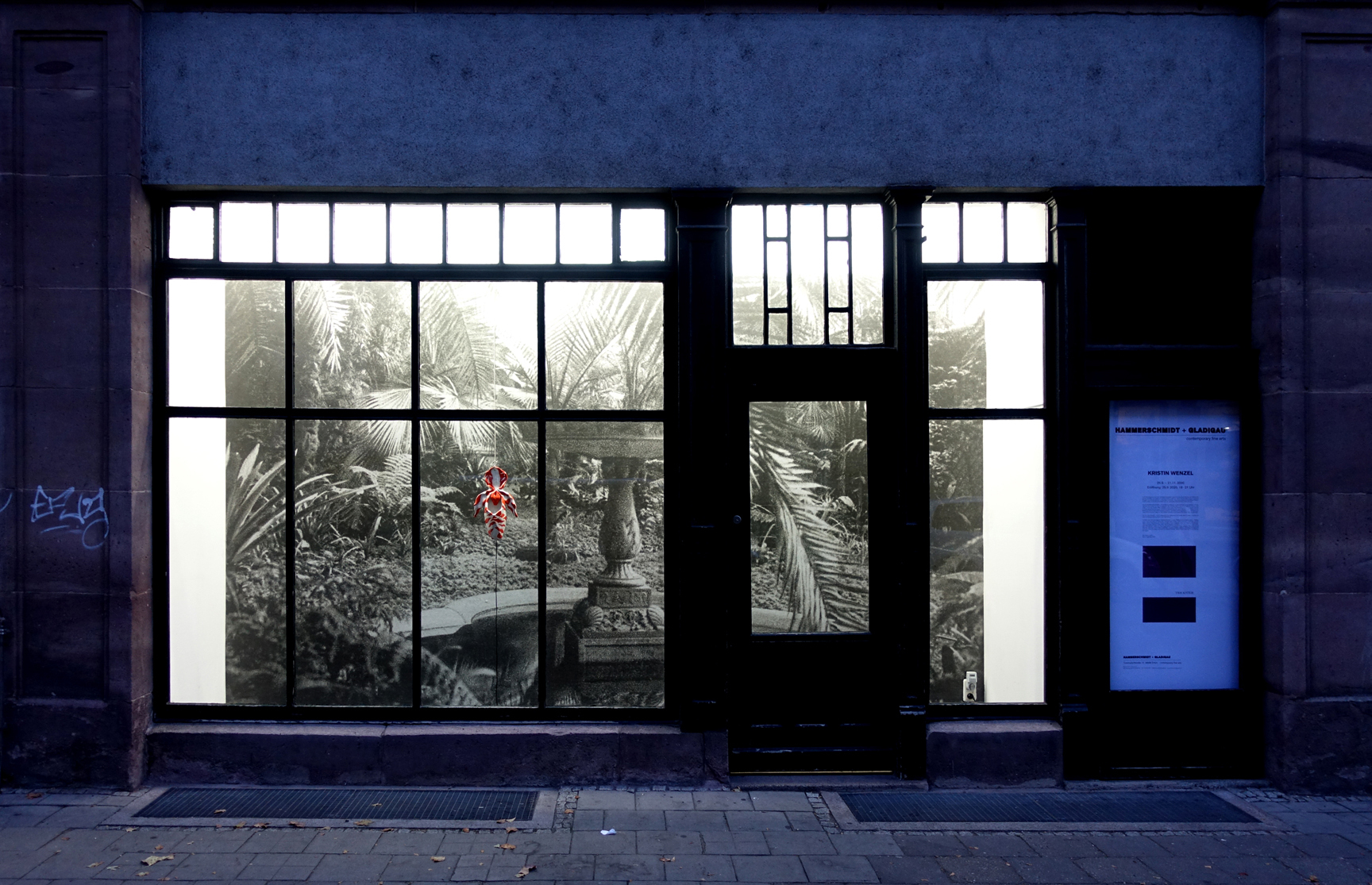
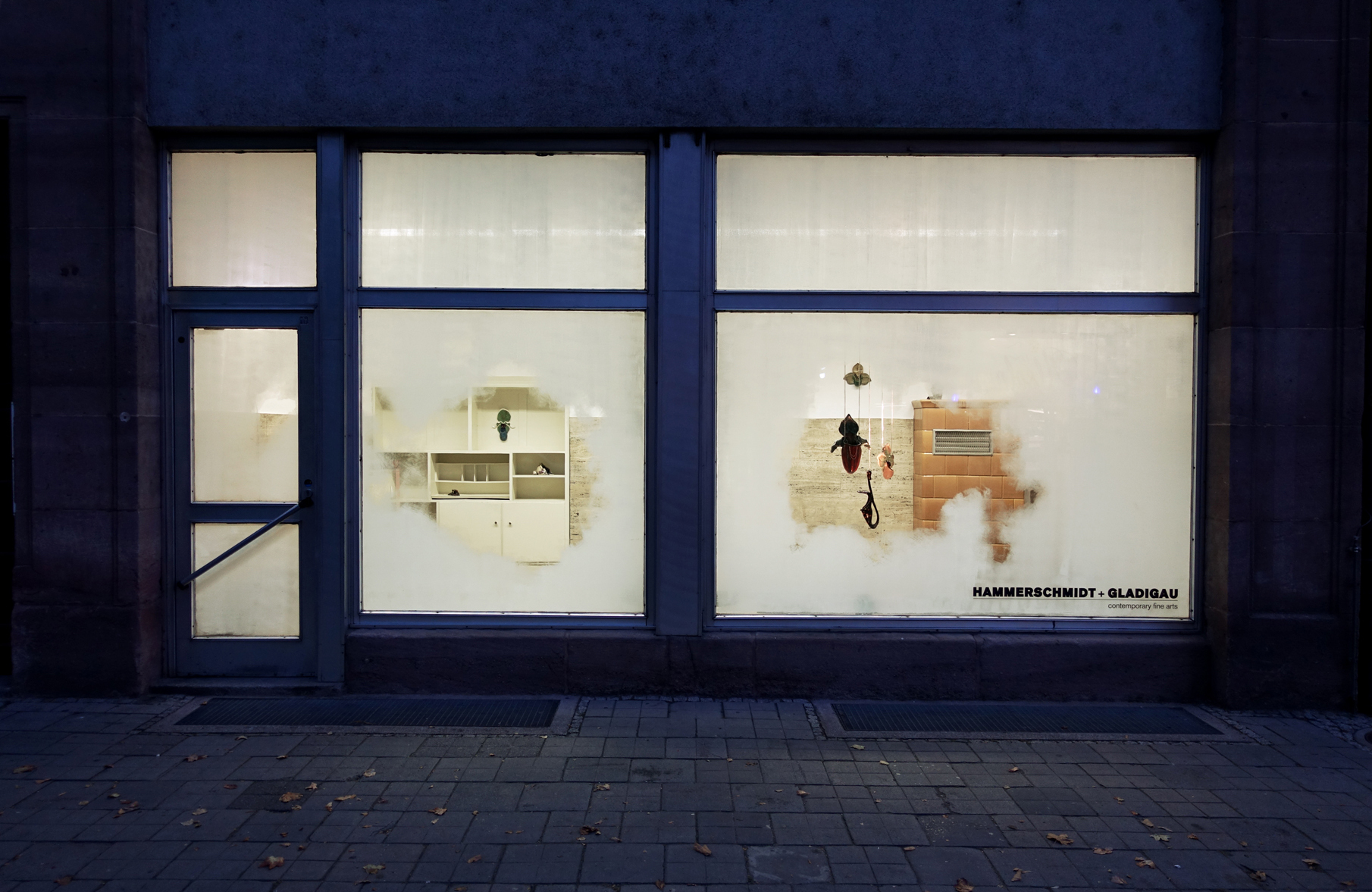
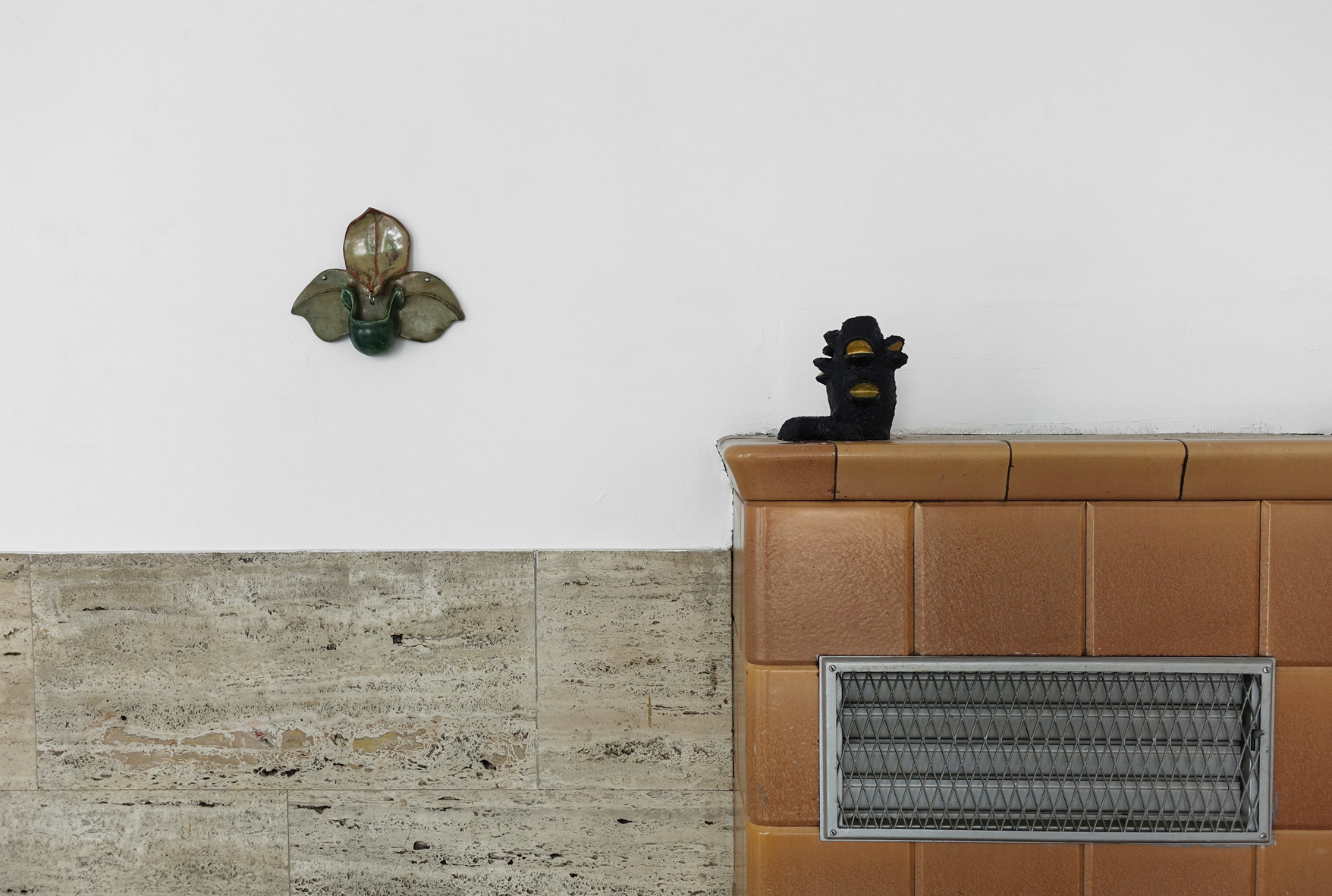
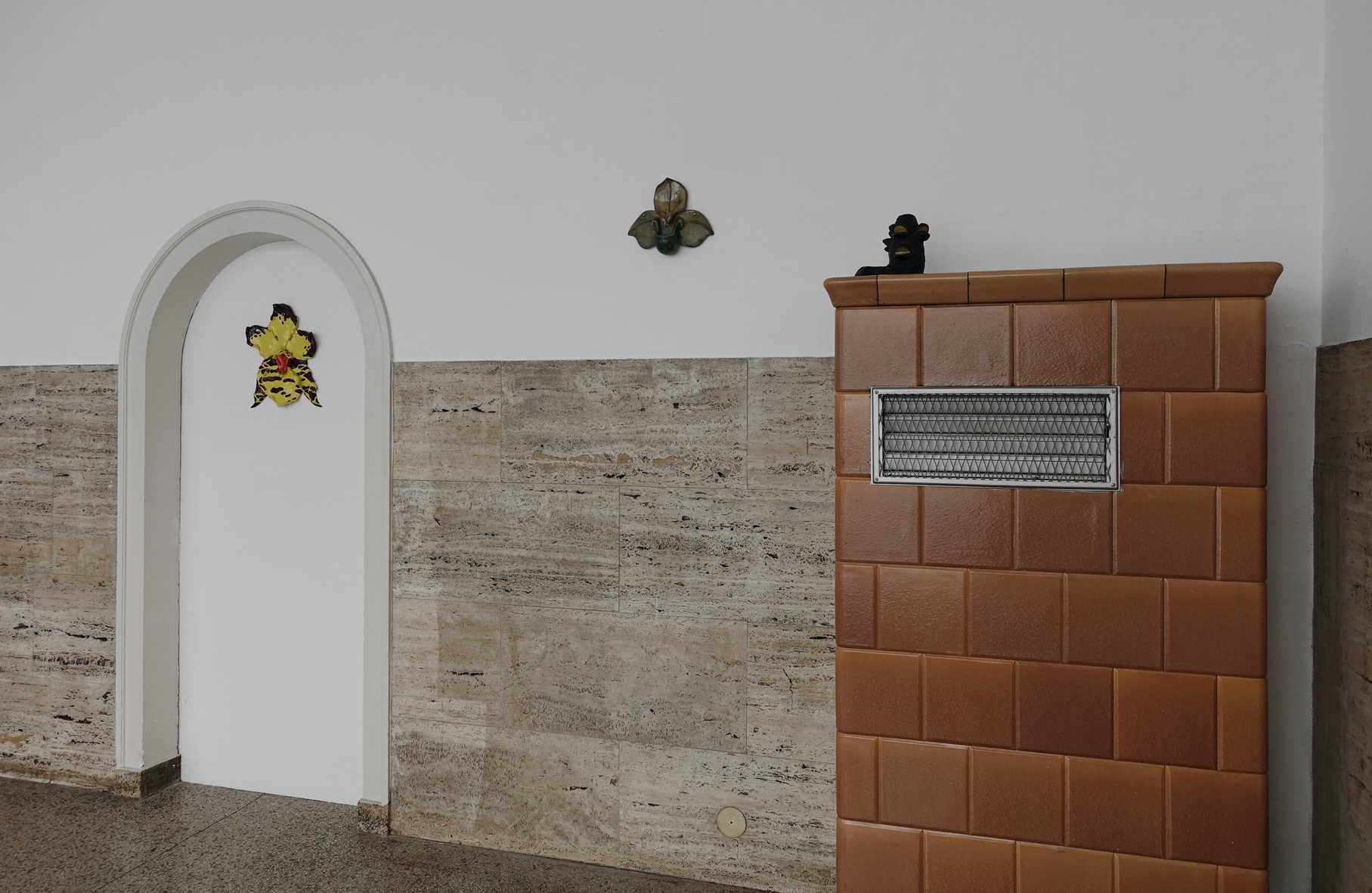
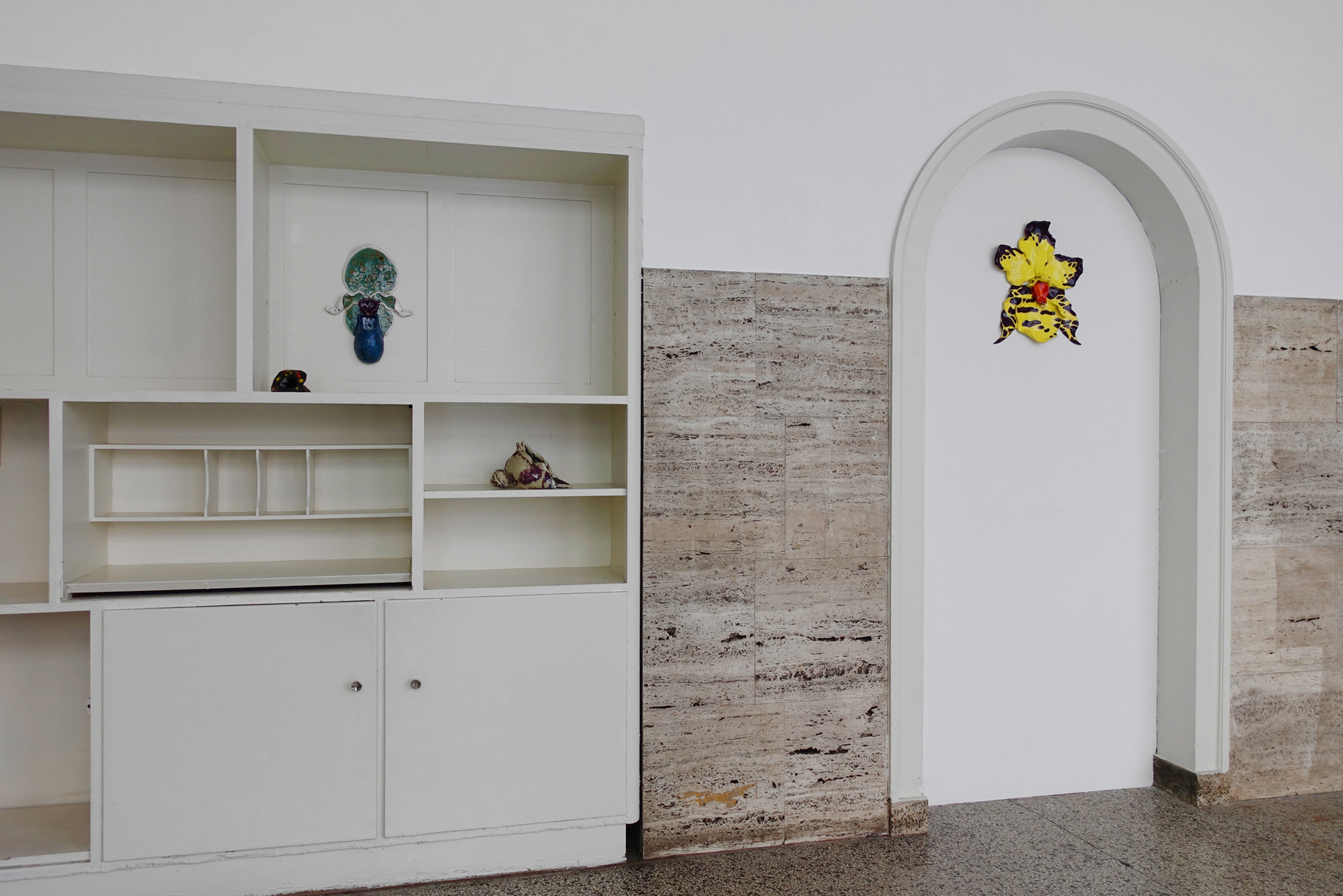
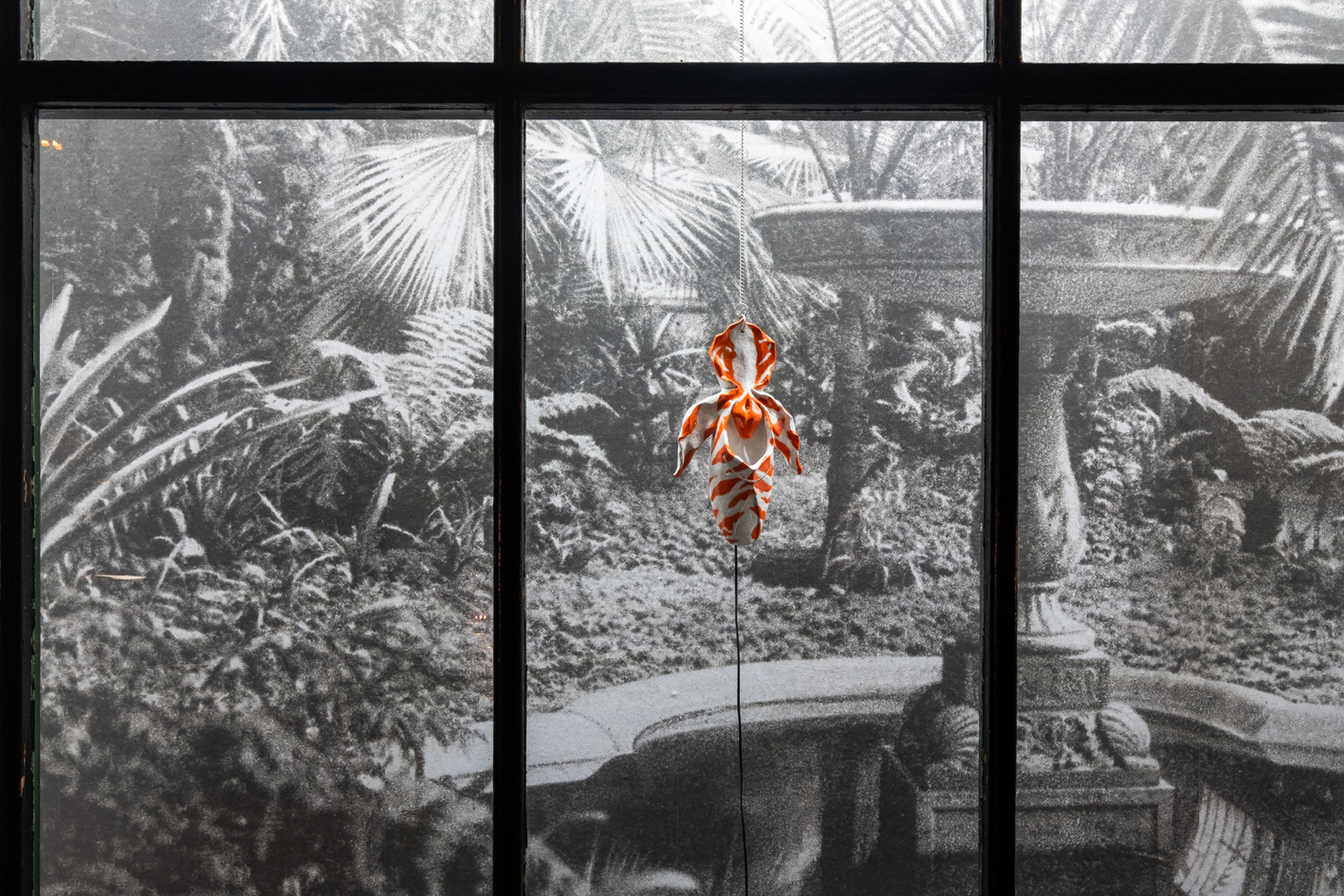
Location
Hammerschmidt+GladigauDate
24.09 –20.11.2020Photography
Marcel KrummrichSubheadline
The view through the steamed-up gallery window - once a flower store in the 1960's - reveals a new cycle of works by the sculptor. Orchids of all colors, ten in total, with an addition of two exotic flowers and a carnivorous plant, all sprout in full sculptural bloom.Text
Kristin Wenzel | Trickster
Native to natural religions and mythology, there are many stories about the trickster. It appears as god or hero with superhuman traits, extremely cunning, unabiding to any principles in order to achieve its goals. The trickster par excellence in the world of plants is the orchid, with 28.000 common species securing it's position as the second largest flowering family of plants on Earth.
Most flowering plants offer nectar to their pollinators to attract and reward them, but orchids deceive. Orchids use various tricks to lure insects to their flowers, where they shed their
pollen onto them and let them move on without reward. Some orchids intoxicate the
insects with their beguiling smell, others deceive by either imitating foreign flowers or by taking the shape of an insect themselves. The bee, for example, is fooled by the orchid again and again in its search for love until it has occasionally pollinated an entire meadow.
The tricks of orchids - ensuring their reproduction through olfactory and visual stimuli - become the subject of Kristin Wenzel's exhibition "Trickster".
The view through the steamed-up gallery window - once a flower store in the 1960's - reveals a new cycle of works by the sculptor. Orchids of all colors, ten in total, with an addition of two exotic flowers and a carnivorous plant, all sprout in full sculptural bloom. A spatial interplay of obstinate plants, to which Kristin Wenzel sometimes attaches human or animal traits: Griffin, yellow and stri- ped, stretches its pierced orange tongue towards us; Manhattan bubbles fervently and Peach lu- res us in delicate pastel shades. Carefully modeled, fired and hand-glazed, the ceramics blend into a flora specially conceived for the location, which flâneurs can experience around the clock.
Ann-Kathrin Rudorf